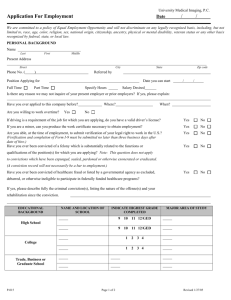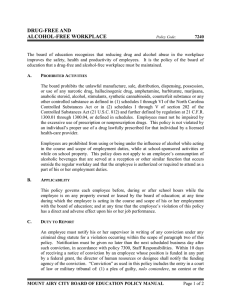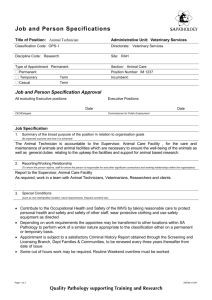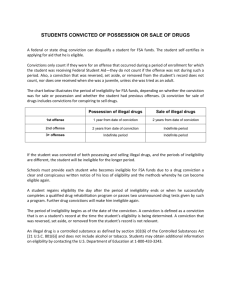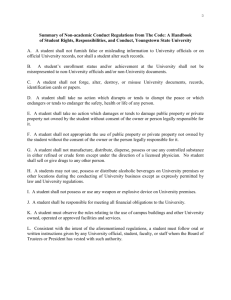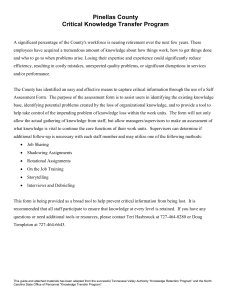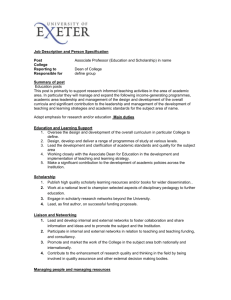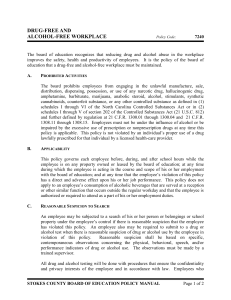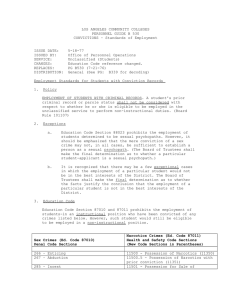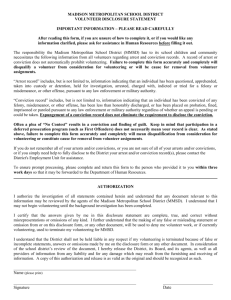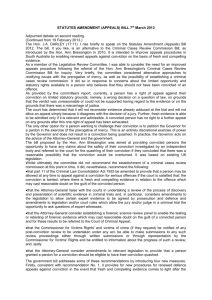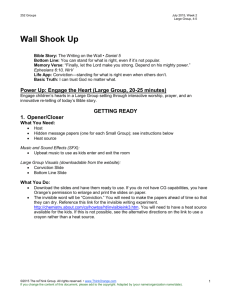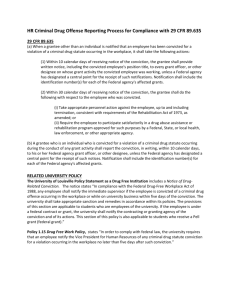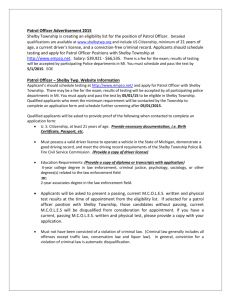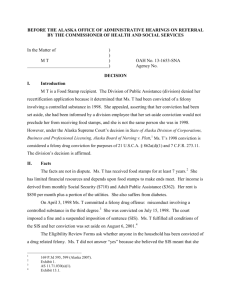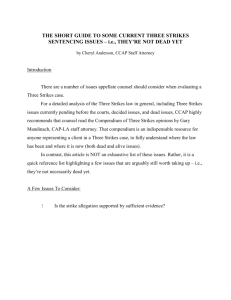Failure-of-Innovation
advertisement
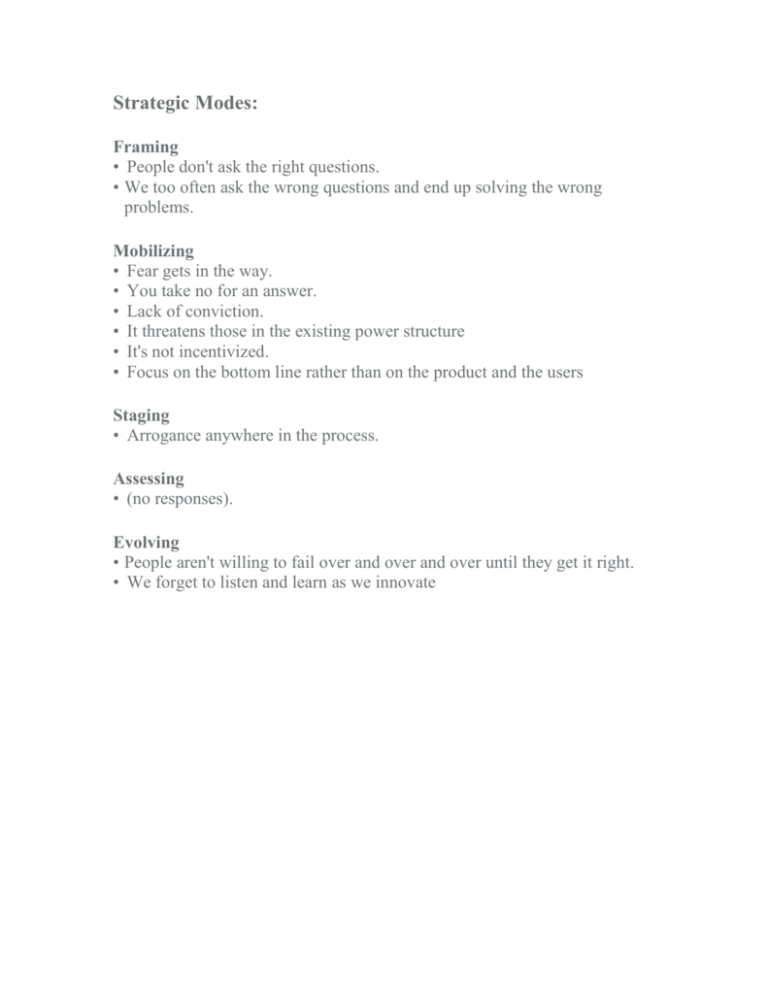
Strategic Modes: Framing • People don't ask the right questions. • We too often ask the wrong questions and end up solving the wrong problems. Mobilizing • Fear gets in the way. • You take no for an answer. • Lack of conviction. • It threatens those in the existing power structure • It's not incentivized. • Focus on the bottom line rather than on the product and the users Staging • Arrogance anywhere in the process. Assessing • (no responses). Evolving • People aren't willing to fail over and over and over until they get it right. • We forget to listen and learn as we innovate Design Modes: Discovery • There hasn't been enough research & development Envisioning • Innovation fails because of lack of curiosity. Strategizing • Every original thought is not innovative. • It isn't solving an immediate problem. • It enhances a feature but does not address a need. • The innovation itself is ahead of its time. • The market is not ready to accept change • We place novelty over practicality. Architecture and Design • Focused on the designer, not the user. Implementation • Not executed properly • Ineffective communication • Gatekeepers. • Lack of marketing • Lack of agility. • Unexpected variables. • A one million dollar idea has a one-dollar execution. • Most organizations are not equipped to handle failure • Lack of follow through Innovation Praxis Program • Lack of resources • Managers/businesses don't give the right people the time/space/budget to support success. • Lack of focus. • Fail to plan for its success • Government interference • Fail to adequately define what "success" is or would look like. • Unnecessary complexities. • It is rarely recognized. • People want it to make money too soon. • Businesses don't set aside time for idea generation and don't possess the tools to generate ideas Practice • When the experience & lessons learned of other innovators are ignored. • Too much significance is placed on the end result instead of the process. • Project managers run the company. • The term itself is abused to the point of meaninglessness. • Not seen as corporate culture, but more as a one-time shot. • Belief in the phrase, "This is how it's always been done." • The phrase "Why aren't others doing it?" • Employers second-guess the experts they hired to do a particular job. • Capitalism is more concerned with quarterly reports showing a profit than it is with improving the human condition. • Those in power confuse leadership with management • People refuse to realize that the stability of today will become the stagnancy of tomorrow. • Seen as a silver bullet. • Top-down decision making. • Groupthink. • Solely the job of the innovation/R&D department. • It implies decisions made by the current executives were wrong. • People fear change • People fear stepping outside of their comfort zones. • Shortsighted leadership • Risk aversion • Fear gets in the way. • Bureaucracy. • Nostalgic illusions die hard. • Lack of courage. People choose a slow death over the potential for a breakthrough • You take no for an answer. • Lack of conviction. • Because of complacency • It threatens those in the existing power structure • It's not incentivized. Platform • Businesses don't set aside time for idea generation and don't possess the tools to generate ideas Portfolio • (no responses).
